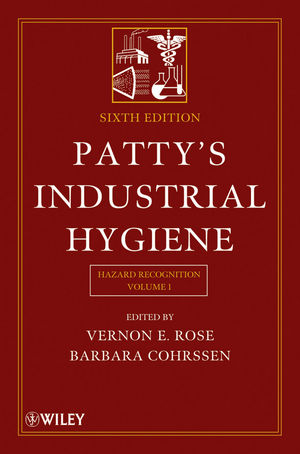The nine steps of arc flash hazard analysis.
Section 4 of IEEE 1584-2002, Guide for Arc Flash Hazard Calculations, states that the results of the arc flash hazard analysis are used to "identify the flash-protection boundary and the incident energy at assigned working distances throughout any position or level in the overall electrical system."
Section 4 also suggests a nine-step approach to a short circuit coordination study:
1. Collect system and installation data
2. Determine system modes of operation
3. Determine bolted fault currents
4. Determine arc fault currents
5. Find protective device characteristics and duration of arcs
6. Document system voltages and classes of equipment
7. Select working distances
8. Determine incident energy for all equipment
9. Determine flash-protection boundary for all equipment
For information about calculating short circuit currents and performing an overcurrent protective device coordination study, (with the intention of conducting a short circuit calculation study) the guide refers to the IEEE Red Book and IEEE Buff Book.
Step 1: Collect System and Installation Data
The data needed for a short circuit coordination study is similar to that needed for a short circuit and coordination study. It's essential to model the system in detail to get a reasonable assessment of the arc flash hazard. For many facilities, this will mean collecting all the data needed to build an up-to-date one-line diagram.
For facilities with a recent short circuit study, it may mean:
• •Extending the existing study to include control equipment.
• •Refining a study that omits impedances to determine worst-case short circuit currents. Worst-case arc flash energies may be achieved when lower fault currents result in considerably longer clearing times for the overcurrent protective device.
•Suggested data collection forms are included in the IEEE guide, as are other useful tips on collecting data from your system and your utility.
Step 2: Determine System Modes of Operation
The IEEE 1584 guide gives examples of different modes of operation, including operation with more than one utility feed, tie breakers opened or closed, and generators running. This information is important in determining the different short circuit currents that might be available to each location for the different modes. As noted in Step 1, the highest available fault current may not yield the worst-case arc flash energy, since the worst-case energy also depends on the characteristics of the overcurrent protection devices.
Step 3: Determine Bolted Fault Currents
Calculate the bolted fault currents from the data gathered in Step 1 and Step 2. The typical method is to enter the data into a commercially available short circuit study software program that allows you to model your system and easily switch between modes of operation. Additional guidance on the calculation is given in the guide.
Step 4: Determine Arc Fault Currents
The bolted fault current calculated for each point in the system represents the highest fault current expected to flow to any short circuit. In the case of an arcing fault, the current flow to the fault will be less, due to the added impedance of the arc. It's important to adequately predict these lower levels, especially if the overcurrent protective devices are significantly slower at these reduced levels—such situations have been known to provide worst-case arc fault hazards.
Step 5: Find Protective Device Characteristics and Duration of Arcs
IEEE 1584 offers guidance on using the time-current curves of overcurrent protective devices in various scenarios—how to handle average-melt-time-only curves, for example, and relay-operated circuit breakers. For special cases, including certain types of time-current curves are not required, because their characteristics have been incorporated into the final flash-protection boundary and incident energy equations.
Step 6: Document System Voltages and Classes of Equipment
Factors such as bus gap and voltage affect arc energies and are required for IEEE 1584 short circuit study software equations. A table is provided with typical bus gaps for various equipment up to 15kV.
Step 7: Select Working Distances
Typically, this is assumed to be the distance between the potential arc flash source and the worker's body and face. Incident energy on a worker's hands and arms would likely be higher in the event of an arcing fault because of their closer proximity to the arc source. Typical working distances for various types of equipment are suggested in a table.
Step 8: Determine Incident Energy for All Equipment
The electrical safety equipment engineer will need to choose equations based upon voltage level and the overcurrent protective device and equipment.
In addition to the current-limiting fuse equations, the IEEE guide provides two generic equations that call for the data described above. There are also generic circuit breaker equations, similar to the fuse equations, to use when time-current curves are not available. These calculations provide heat energy densities in either cal/cm² or joules/cm², values useful in selecting appropriate PPE and fire retardant clothing.
Because of the complexity and number of manual calculations possible, software is recommended to complete this step. Most software gives you a choice of equations, with selection depending on such factors as type of equipment, voltage levels and protective devices.
A spreadsheet-type calculator is included with IEEE 1584 and can be useful for simple calculations and small systems.
Step 9: Determine Flash-Protection Boundary for All Equipment
Instead of solving for cal/cm² at a given working distance, this equation solves for a distance at which the incident heat energy density would be 1.2 cal/cm² (or 5.0 joules/cm²). Short circuit study software is also recommended for this calculation, for the same reasons mentioned in Step 8.



